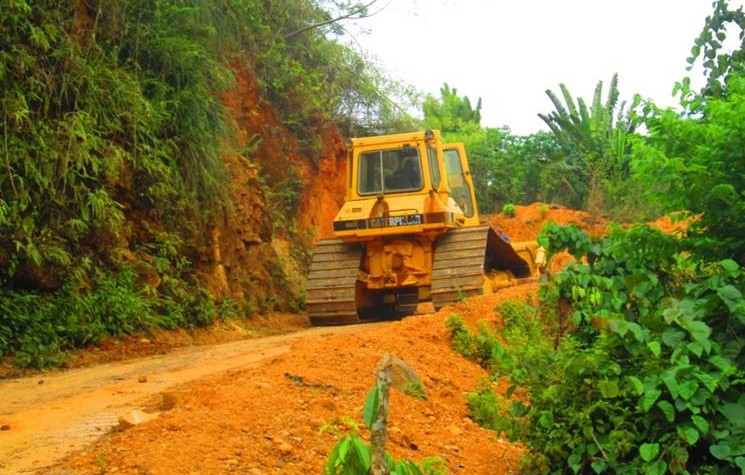Tantalus Rare Earths Is Planning For Production Of 10,000 Tonnes Per Year By 2019

By Alastair Ford
The story of the Madagascan mining opportunity presented by Tantalus Rare Earths has a long history, according to chief executive officer Thomas Hoyer.
“It’s in an area that has been explored over many years by many companies”, he tells Minesite on the phone from Germany, where he’s based. “There was Soviet exploration. There was a French team. And there have been Australians.”
But it wasn’t always rare earths that they were after at the TRE project. “They were mainly looking for tantalite”, says Thomas.
That changed when Tantalus took over the ground in 2008, raised some money in an Aim listing two years later, and then really got to work.
“In 2010 and 2011 a couple of the geologists were actually of the opinion that there were significant similarities between Chinese rare earth deposits”, continues Thomas. “And they decided to take samples of the clay.”
And indeed, it is very similar.
That game-changing realisation hasn’t made it all plain sailing for Tantalus, however. Since listing market sentiment towards mining equities has taken a turn for the worse, and rare earths have gone decidedly out of favour.
Against that background, says Thomas, “we decided to focus all our efforts on getting into production”.
Given that average grades are running at around 0.09% rare earth oxides in measured, indicated and inferred resources of well over 500,000 tonnes at TRE, that ought to be doable.
Especially as the company has now signed up some powerful partners.
“It’s better and wiser for us to team up with the Chinese”, says Thomas. “So we’re working together with the Chinese on exploration and mine planning.”
If anyone knows the rare earths business, the Chinese do. It’s Chinese companies that dominate the market, as most supply comes from within China, and it’s Chinese companies that also have a significant influence in setting the price.
One great virtue of TRE is that it is outside the traditional Chinese sphere of influence. But that’s no reason not to call on Chinese expertise in getting it built. The Chinese involvement will operate on two levels, according to Thomas.
“We’re getting Chinese contract miners to do the mining for us”, he says. “And on the commercial side we’ve signed an off-take agreement with Shenghe Resources.”
Shenghe is a US$1.7 billion rare earths company that pulled in revenues of over US$200 million in 2013. So, a serious player with serious intent.
Things should start moving pretty fast from here on in. “The next proof of concept is pilot plant production”, says Thomas. “This is targeted for October. We’ll start work hopefully in April or May.”
The aim is to secure a commercial and exploitation license in 2016 and then to expand the existing plant on a modular basis such that production heads towards 10,000 tonnes per year by 2019.
Under the terms of the off-take deal with Shenghe, the Chinese may well end up providing a significant portion of the construction costs in the form of debt. But the precise financing of the bigger operation has yet to be nailed down, partly because at this stage the economics haven’t yet been fully fleshed out.
“We will probably start preparing a feasibility study when we start pilot production”, says Thomas. “We’ll know what goes in and what comes out.”
There’s also the question of the rare earths price, which hasn’t exactly been soaring away lately.
“I need to show viability for the project at today’s price”, says Thomas. “I don’t expect in the short-term there’ll be a recovery. But at today’s price I think we can operate very effectively. I’m very excited.”
Comments (0)